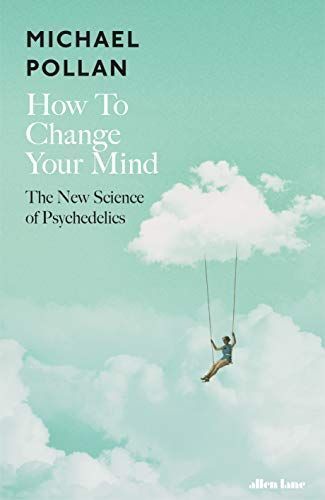
How to Change Your Mind The New Science of Psychedelics
It's as if we made entering gothic cathedrals illegal, or museums, or sunsets!' When LSD was first discovered in the 1940s, it seemed to researchers, scientists and doctors as if the world might be on the cusp of psychological revolution. It promised to shed light on the deep mysteries of consciousness, as well as offer relief to addicts and the mentally ill. But in the 1960s, with the vicious backlash against the counter-culture, all further research was banned. In recent years, however, work has quietly begun again on the amazing potential of LSD, psilocybin and DMT. Could these drugs in fact improve the lives of many people? Diving deep into this extraordinary world and putting himself forward as a guinea-pig, Michael Pollan has written a remarkable history of psychedelics and a compelling portrait of the new generation of scientists fascinated by the implications of these drugs. How to Change Your Mindis a report from what could very well be the future of human consciousness.
Reviews
Tanishq Khandelwal@tanishq
fris🐝@lfrisbee
Timeo Williams@timeowilliams
elizabeth@ekmclaren
Aamna@aamnakhan
erin@urn
Andrew John Kinney@numidica
Rohit Arondekar@rohitarondekar
Bouke van der Bijl@bouk
Diamond Jim@diamondjimbonjour
Lord Aragorn@lordaragorn
Matthew Royal@masyukun
Meghan Navoy@megnavoy
Nick Gracilla@ngracilla
Jeannette Ordas@kickpleat
Sophie L Smith @soph_reads
Colin@saeculara
Cindy Lieberman@chicindy
Bill Mazza@kaakow
Omar@omareduardo
Ervin Szerdocz@ervin
Erlank Pienaar@erlank
Thaddeus Cortez@kilgore
Rebecca Lysaght@hattails
Highlights
Juan Agrón@agron
Juan Agrón@agron
Juan Agrón@agron
Juan Agrón@agron
Juan Agrón@agron
Casper Schipper@captaincaspers